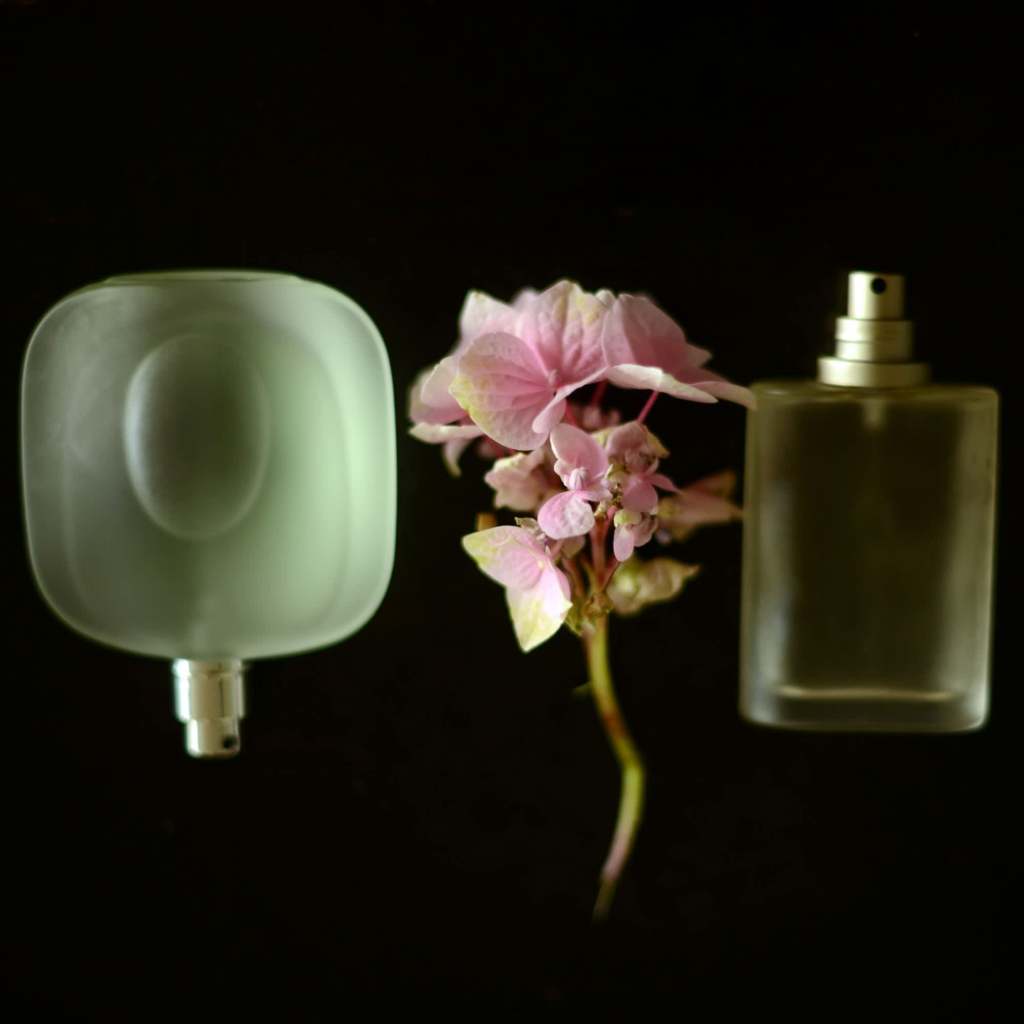Did you know the art of fragrance is 4000 years old? While rich tradition is wonderful, outdated language is not. Fragrance taxonomists have called for a reclassification of the category “Oriental” in favour of the less Eurocentric and more descriptive “Amber” or “Ambery.” While official reclassification has not been implemented across the industry, POPSUGAR Australia uses the term “Amber” in our fragrance coverage.
When a friend confidently drops their signature scent into a conversation, do you find yourself quietly impressed? Finding your signature scent is a kind of adult beauty milestone — but it’s also a complex and emotional category that can be overwhelming to navigate.
We were curious about the world of fragrance, so we spoke to two experts, Ciara Mahoney and Elle Wallace of SŚAINT, about how we can use fragrance taxonomy to find, or create, our signature scent.
Using the Fragrance Wheel to Find Your Signature Scent:
Have you ever seen the fragrance wheel? Perfumers work with the fragrance wheel when dreaming up scents. The diagram is divided into four olfactory families, outlined below.
Woody: using materials derived from wood. Notes like sandalwood and cedar are found in this category, along with moss, bark, and pinecone.
Fresh: The fresh category comprises aquatic, green and fruity notes like mandarin, galbanum and berries.
Floral: You guessed it, rose, geranium and gardenia live here.
Amber: Warm and complex, you’ll find resins and warmer, sweeter notes like vanilla, cinnamon and patchouli, and animalic scents here.
Ciara Mahoney explained, “Perfumers know the relationship between each of the main families.
“As a starting point, it’s best to look at neighbouring families on the fragrance wheel when coming up with a scent.
“Fragrances that sit closely on the wheel are likely to blend harmoniously.”
One example of this is amber and wood. They sit next to each other on the fragrance wheel, and you will often find “woody amber” scents.
However, a perfumer often wants to create something unexpected, like some of Comme des Garçons‘ most famous fragrances, which blend wood or floral scents with metallic and industrial notes.
“They might look at the opposite subcategory,” Mahoney said. “For example, when we created our parfum Modus Vivendi, we included intense and dry notes like leather and sandalwood, with floral head notes of Violet Leaf and Iris.”
In very complex fragrances, the perfumer often creates subcategory fragrances. For example, “chypre” fragrances combine citrus top notes, a citrus labdanum middle, moss, and anaemic base notes. For a subcategory fragrance, Elle Wallace adds, it’s helpful to select notes that form a triangle on the fragrance wheel.
What are Top, Middle and Base Notes?
You may have been caught out on the mention of “headnotes.” Let’s clarify.
“Top, or headnotes are what you immediately smell after applying a perfume, middle notes will emerge as the top notes dissipate, and base notes are the final scent left on the skin,” Wallace explained.
When shopping for a signature scent, pay close attention to the base notes as that is what will linger longest.
The Difference Between an Eau de Parfum and Eau de Toilette:
You might have noticed that fragrances labelled “parfum” are often more expensive than others. But why?
“Eau de Parfum is stronger because it contains a higher percentage of fragrance oils versus alcohol,” Mahoney explained. “It lasts longer on the skin, but it’s also more expensive to make.”
You’ll notice that some mainstream fragrance brands like Chanel make both toilettes and perfumes in their most popular scents — and that they smell very different.
While it’s up to personal preferences, most boutique fragrance houses will opt for parfums as they are of higher quality.
“All fragrances at SŚAINT are Eau de Parfums, as they are the longest wearing,” said Wallace.
Finding or Creating Your Signature Scent:
Now that you understand the language of scent, shopping for your favourite scent will be easier. Still, individual body chemistry can change how a fragrance smells on the skin, so it’s a good idea to spritz a fragrance a few times and wear it for a day before investing.
“The golden rule is spritzing your perfume onto moisturised pulse points — neck and wrist,” Mahoney said. “Just spray, don’t rub as rubbing creates heat and bruises the perfume, interrupting the natural course of top, middle and dry notes.”
Layering fragrances is also an increasingly popular option, and many fragrance companies are facilitating experimentation.
“The benefits of layering fragrances is the depth of intensity it adds,” said Wallace. “You also have the freedom of a custom scent that reflects your personality and is unique and signature to you.”
Wallace continued: “Fragrances are deeply personal. Most brands these days will offer a ‘Discovery Set’ that allows you to explore a full collection or discover preferred combinations.
“Our advice is to purchase these before committing to full-sized bottles. You’ll get a feel for the unique blends of fragrance and are more likely to find a signature scent this way.
At SŚAINT Discovery Sets ($49) are credited towards a 100ml perfume purchase, as our customers often discover a favourite combination this way.”

